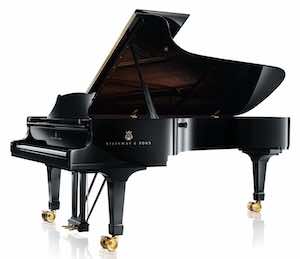Top > Instruments > Piano
This site introduces unknown composer Emanuel Bach (C. P. E. Bach). This English version was translated from Japanese one by ChatGPT.
Pianoforte (Piano)
The piano, also known as the pianoforte, has been evolving since the 18th century. Here, ChatGPT summarizes its history.
Early Fortepiano
By the mid-18th century, the fortepiano had spread across Europe, with composers like Mozart and Haydn composing for this instrument. It was characterized by its light tone and delicate dynamics.

Evolution from the Classical to the Romantic Era
Beethovenʼs Influence
In the early 19th century, Beethoven greatly influenced the development of the fortepiano. To accommodate his powerful and complex works, instrument makers expanded the range and reinforced the structure of the instrument.
Introduction of the Iron Frame
By the mid-19th century, the introduction of the iron frame significantly enhanced the durability and volume of the instrument. This advancement allowed Romantic composers like Chopin and Liszt to achieve the dramatic expression they desired.
Pedal Improvements
The development of the damper pedal and sostenuto pedal further expanded the instrumentʼs expressive capabilities. Composers such as Schumann and Debussy notably utilized these innovations.
Establishment of the Modern Piano
Standardization in the 20th Century
By the early 20th century, piano manufacturers like Steinway & Sons had perfected the design of modern grand and upright pianos. The use of iron frames and cross-stringing dramatically improved tone and durability.
Introduction of Electronic Pianos
From the latter half of the 20th century, digital pianos and synthesizers utilizing electronic technology emerged, expanding the pianoʼs applications across various musical genres.
Contemporary Pianos
Diversification and Evolution
Today, not only acoustic pianos but also digital and hybrid pianos are widely used, enjoyed in settings ranging from concert halls to homes.
Cultural Significance
The piano plays a vital role in solo performances, accompaniment, chamber music, and concertos, making it indispensable in music education. Its universal appeal transcends music history and continues to be loved by many.
Conclusion
The history of the piano is also a history of innovation that has expanded musical expressiveness and possibilities. Its evolution, driven by advances in instrument-making technology and musiciansʼ demands, supports todayʼs rich musical culture. The piano remains a central instrument in musical expression from the past to the present and into the future.